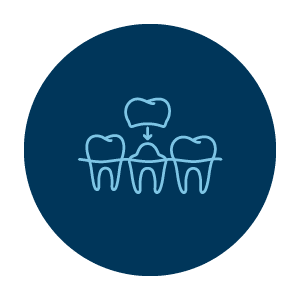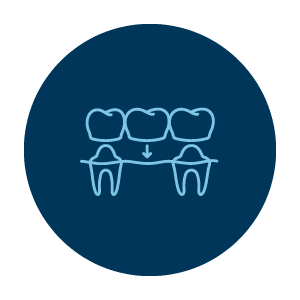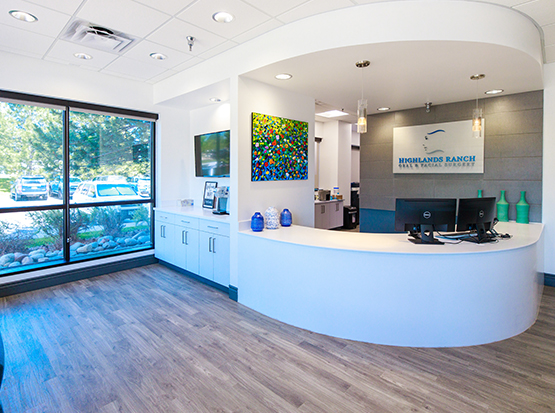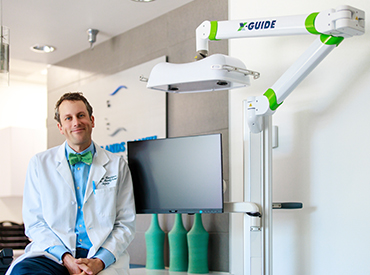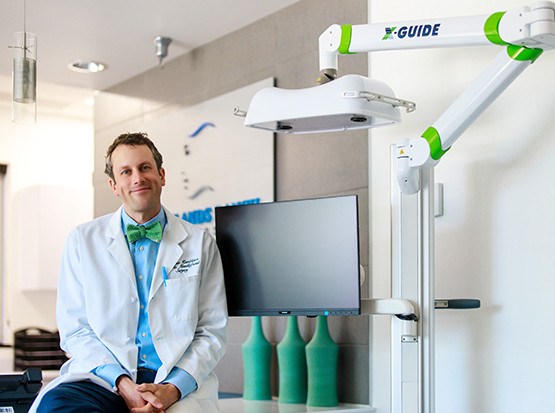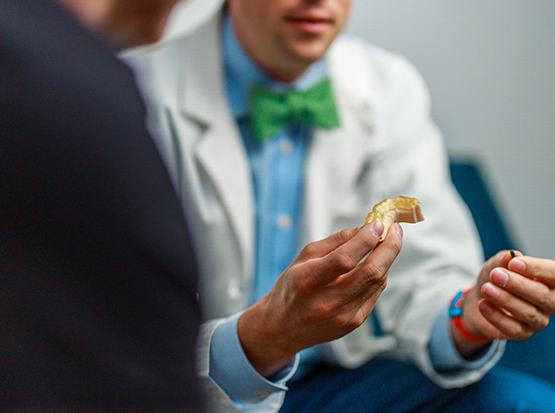The Dental Implant Process
The basic process for dental implants is relatively simple. Once the original tooth is extracted, a titanium screw is implanted into the jaw bone, the bone fuses to the implant, a crown or other dental prosthesis is placed, and the new teeth act just like natural teeth.
Video: Dr. Hambleton covers each phase of the dental implants process.
1. Understand What You are Looking For
Dental implants are a long-term, fixed solution to missing teeth. Once implants are inserted, and crowns or prostheses are placed, they remain affixed. They are not removed at the end of the day like dentures. Dental implants are stable enough to be used as natural teeth and will not slip out of place. They can replace individual teeth, multiple teeth, or your entire arch.
2. Planning Phase
Before dental implant surgery, Dr. Hambleton will do a full evaluation of your teeth and gums to identify potential problems and determine the best course of action. He will take images and scans of your mouth in order to precisely plan where the implants will be inserted. He will also answer any questions you might have about surgery or recovery to ensure you have a full understanding of the process and what to expect.
3. The Surgical Phase
During surgery, a small slit is made in the gum to expose the bone. A drill is used to make a hole in the bone for the implant. Once it is in place, it will begin fusing together with bone over the next three or four months. A stitch or two may be used to close the gum around it, and a temporary crown may be placed so there is not a gap between the teeth.
4. The Placement of the Tooth Prosthetic
Once the implant and bone have fused together, your dental implant will be strong enough to hold a permanent replacement tooth or dental prosthesis. Your dentist or prosthodontist will have already molded your prosthetic prior to surgery so that it is ready to go once the implant has healed. The oral surgeon will attach the prosthetic to the posts on your implants to hold it securely in place.
5. Follow-Up Appointments
Regular checkups are needed throughout the recovery process to check the progress of bone fusion and catch potential signs of infection or other issues. Once the implant and crown or prosthesis have been placed, follow-up appointments can ensure that your new teeth are functioning properly and in good health. You will want to continue brushing and flossing as you would with your natural teeth to keep your teeth and gums healthy.





